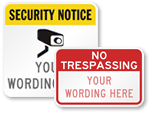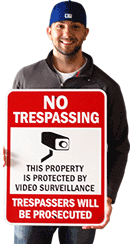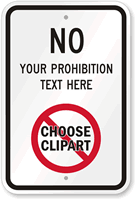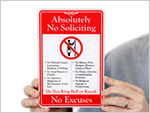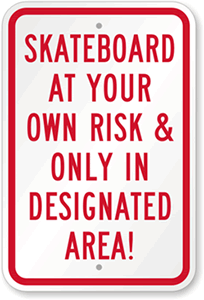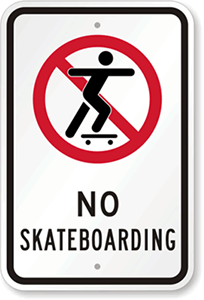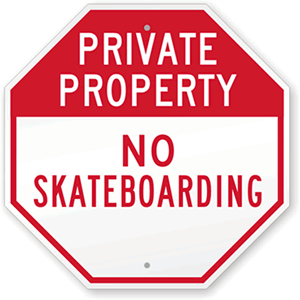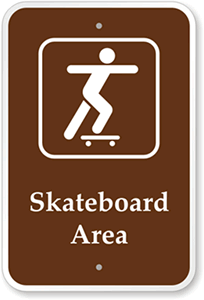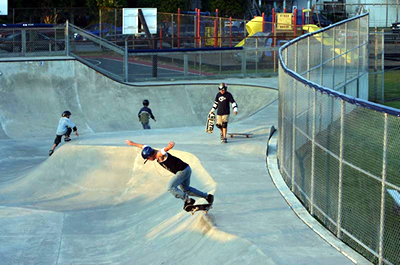In an effort to channel its skateboarders into a single area, Bradenton, FL recently constructed a skate park that’s now
considered one of the best in the country. Councilman Bemis Smith remarked that the skate park is meant “to stimulate
activity.” He also said that this skate park sees more activity than many other parks in the country. It is in a town’s
best interest to create selected spaces for skateboarders to skate in so that they are no longer a danger to private
property.
Skate parks are being constructed across America such as
this one in Ocean City, MD (Image used under Creative Commons via
google.com).


